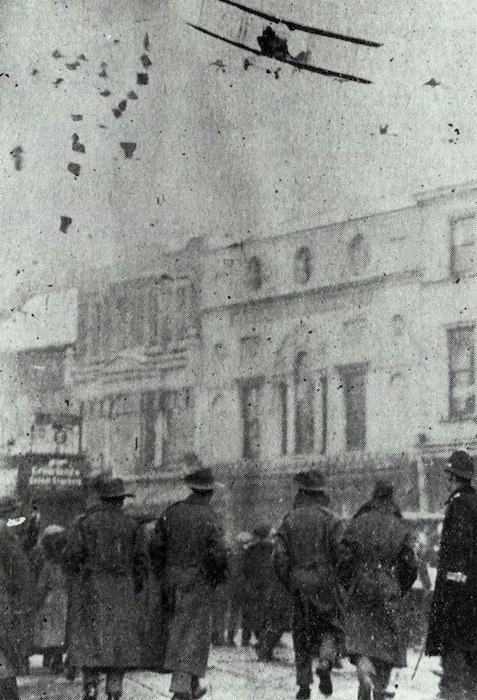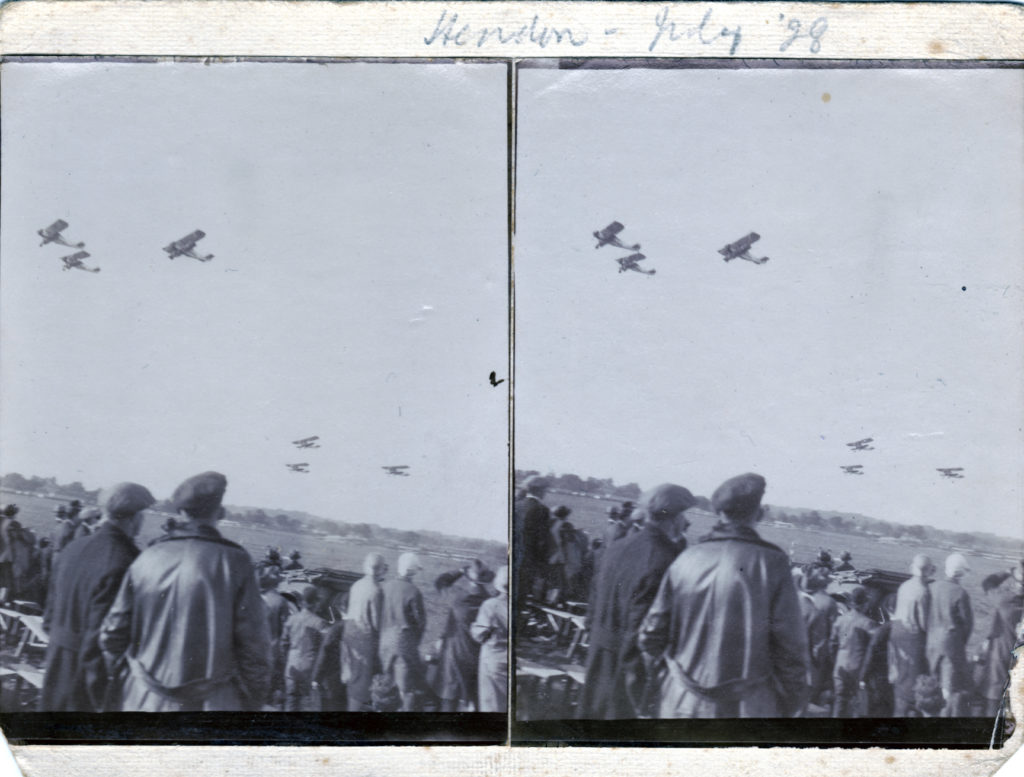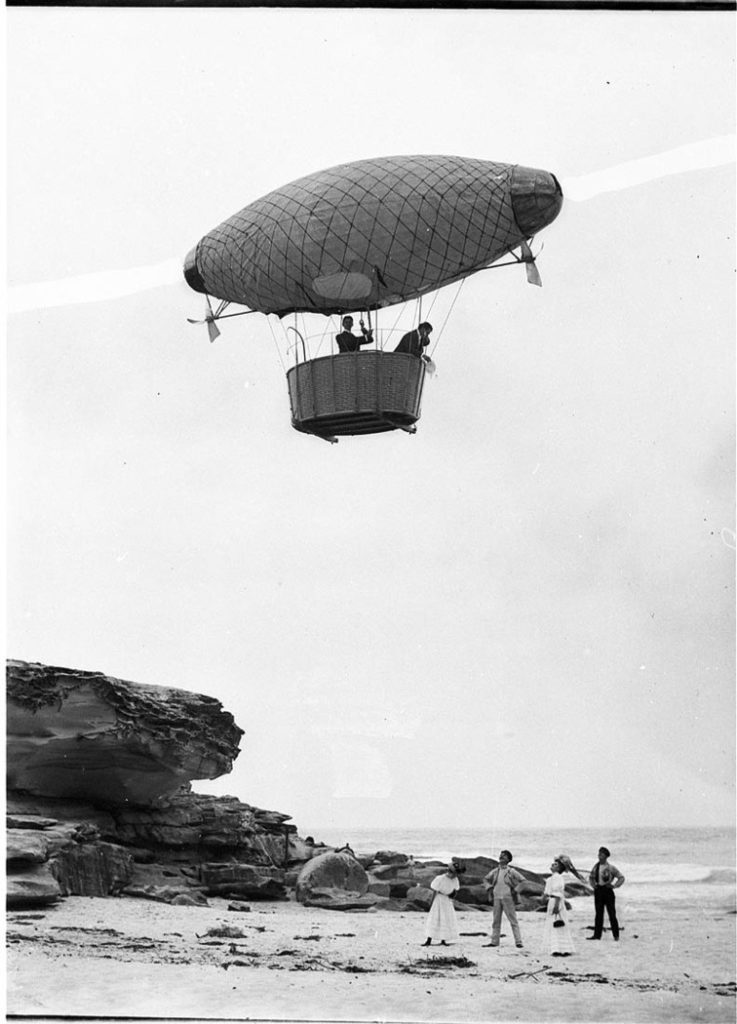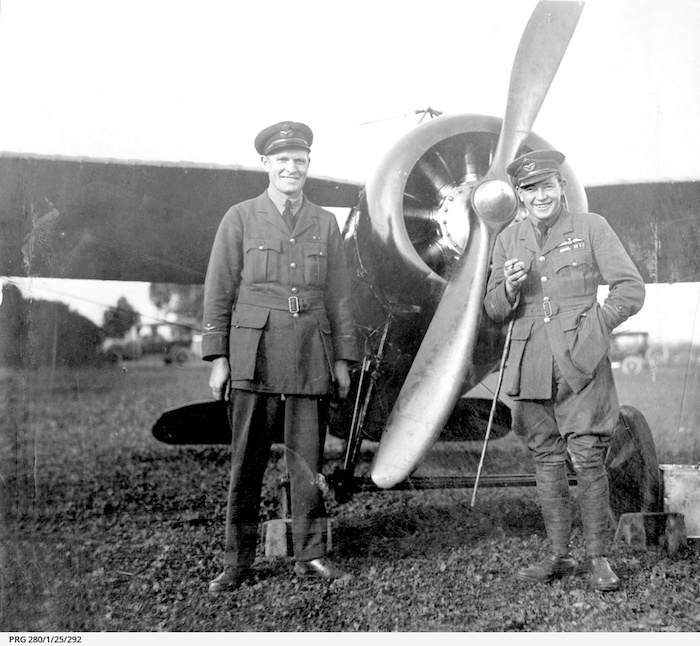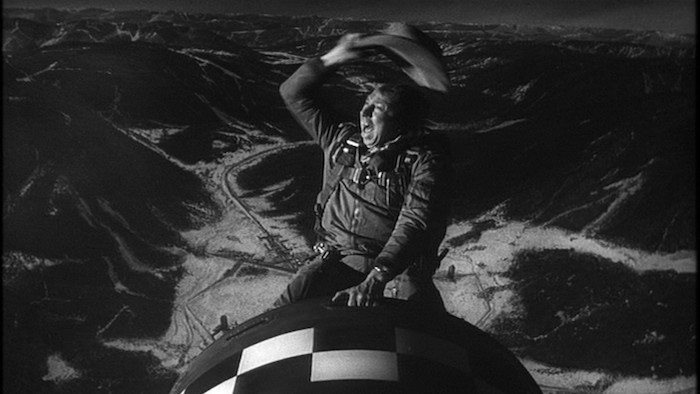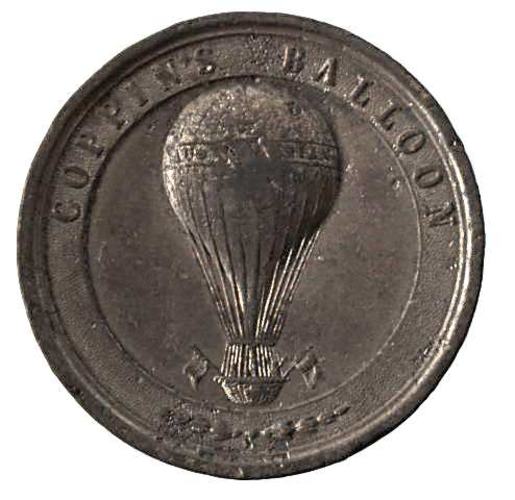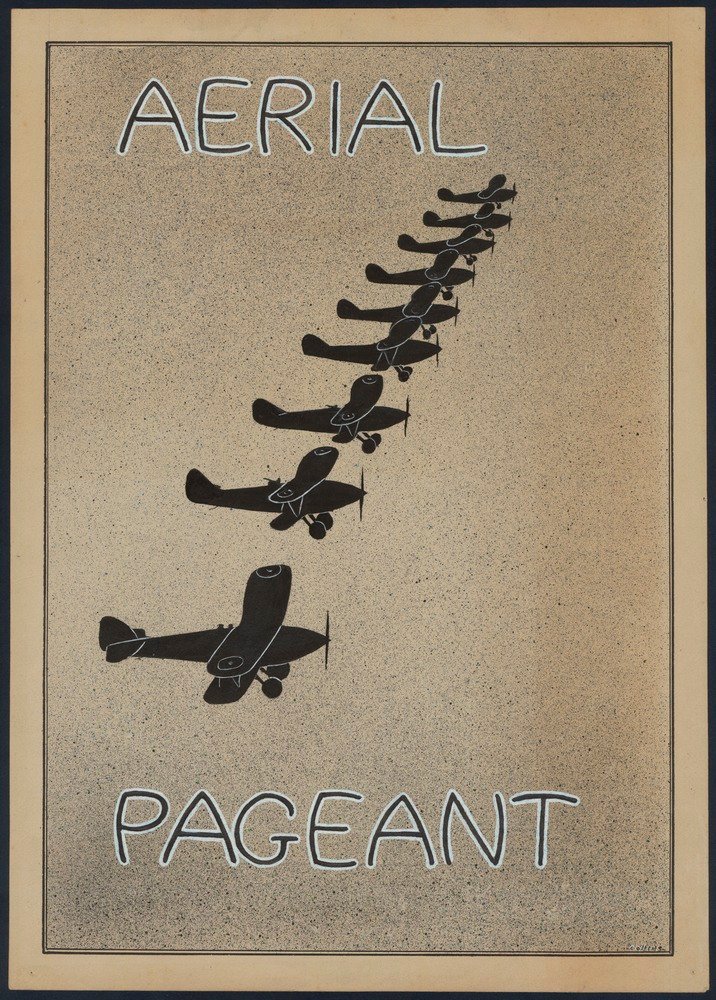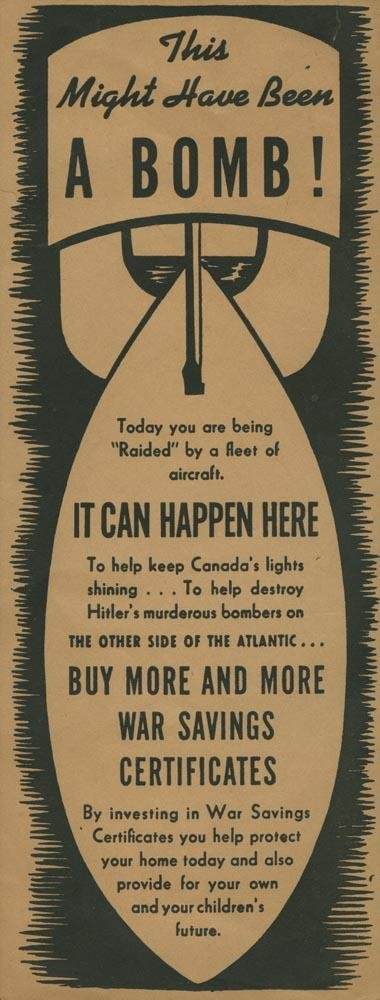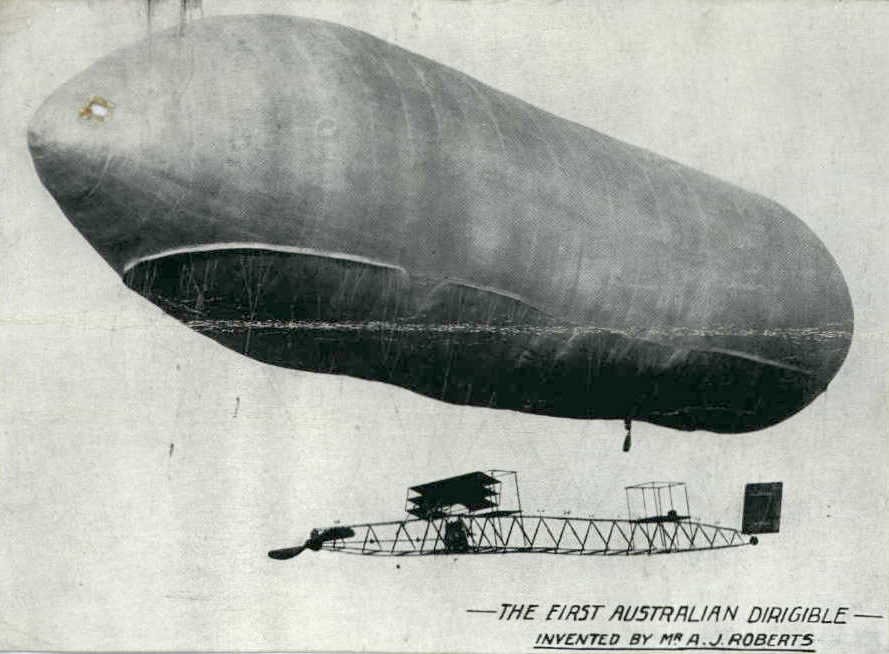Downward, inward persuasion — II
So, who was behind the drop of propaganda leaflets on the striking workers at Coventry in December 1917? Most of the press accounts in fact avoid identifying the aeroplanes involved or who was flying them. At least one, however, says they were ‘military pilots’ and this seems likely. While civilian flying didn’t stop entirely during […]


